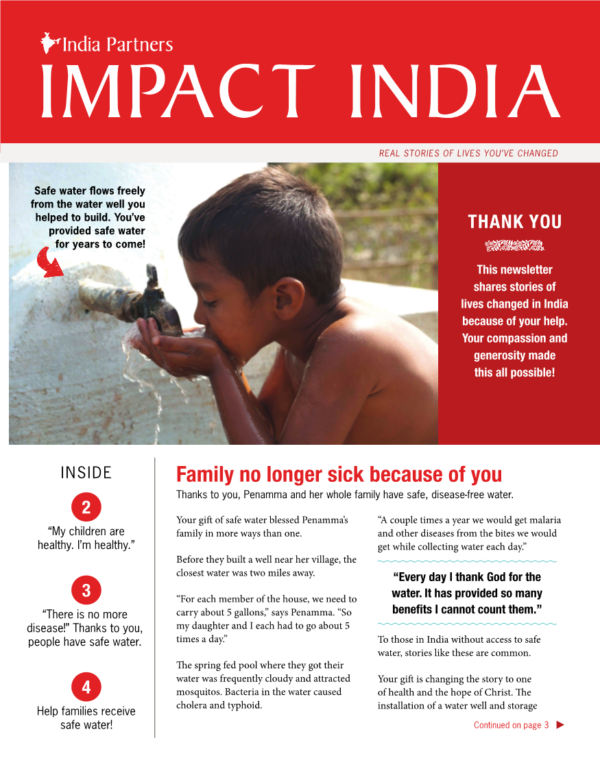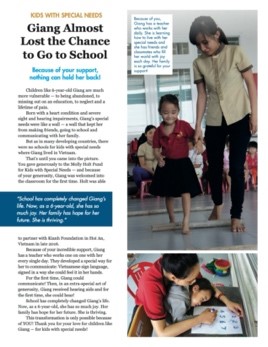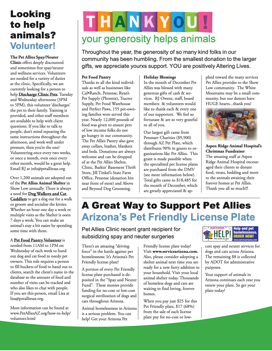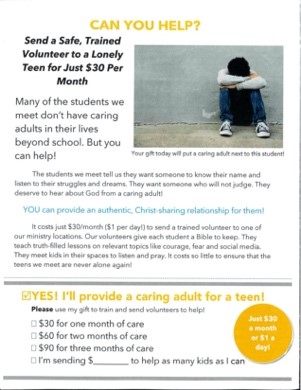If you would like your letters and emails to raise more money, they should begin by talking about something the donor already understands, as opposed to asking the donor to learn something new.
Here’s a made-up example of an appeal that starts by asking the donor to learn new things.
Did you know that 19% of the families in our community have no exposure to the Arts? We call them L.E.A.H.s (Lacking Arts Exposure Households) and a LEAH might be arts-curious, but never had an enjoyable introduction to the Arts that was relevant to their life.
Look at all the work the reader has to do:
- Understand a statistic
- Learn a new acronym
- Learn a new phrase (“arts-curious”)
All that and they haven’t reached the second paragraph!
A Neuroscientist would say, “That paragraph puts a large cognitive load on the reader.” So do you think the reader is more likely to keep reading, or less likely to keep reading, after a paragraph like that?
Now, here’s an alternative approach to the first paragraph, one that begins with what the donor already knows…
A lot of families in our community don’t have the same relationship with the Arts that you and I do. And I know you’d love for everyone to experience the same fulfillment and joy that you feel. But too many people were never introduced to the Arts in a way that was relevant to their life.
In addition to sounding more personal and less like a teacher, that paragraph opens by talking about things the donor already understands and cares about.
A paragraph that speaks to the common ground the organization shares with the donor will create connection with the donor.
The donor is now more likely to keep reading. Which means the donor is now more likely to donate.
Is there ever time for a statistic or bit of education? Sure. But most likely at an event or in some other context (lunch with a major donor, blog post) where both you and the donor have more time.
In a context like the mail or email where donors are moving fast (when was the last time you read a fundraising email top to bottom on your phone?) start with something the donor already knows. Not an education barrier.
This post was originally published on August 8, 2023.











